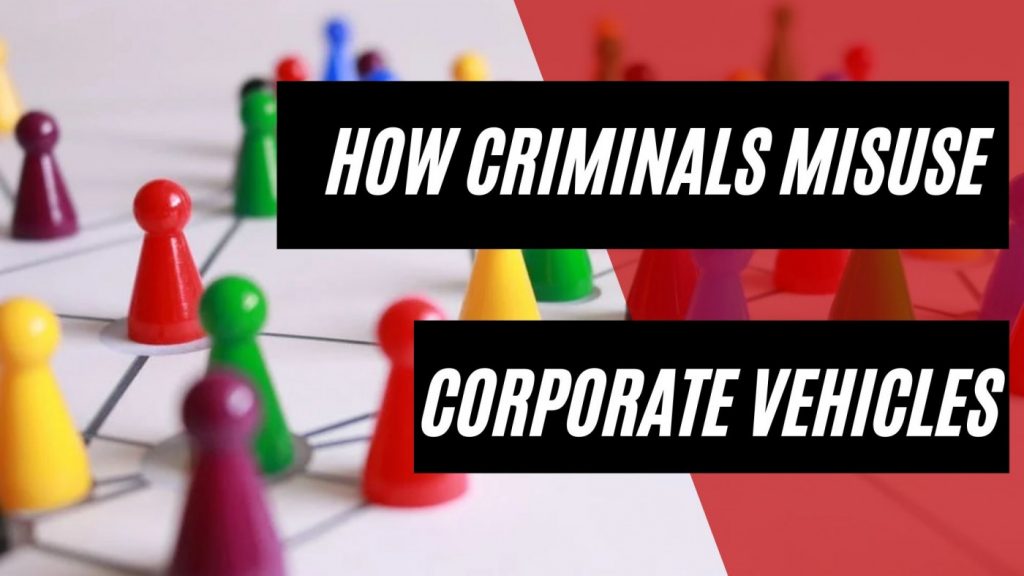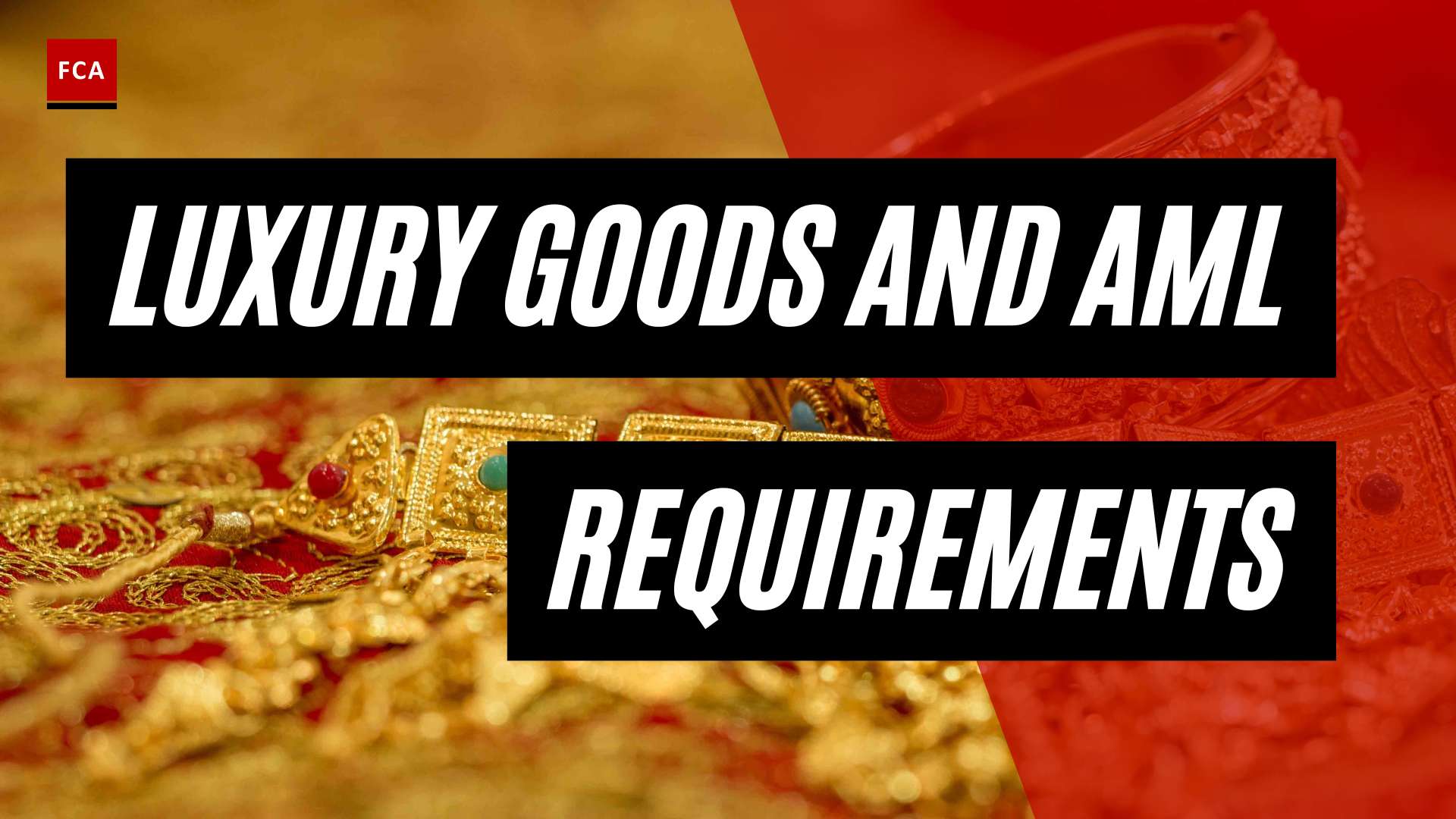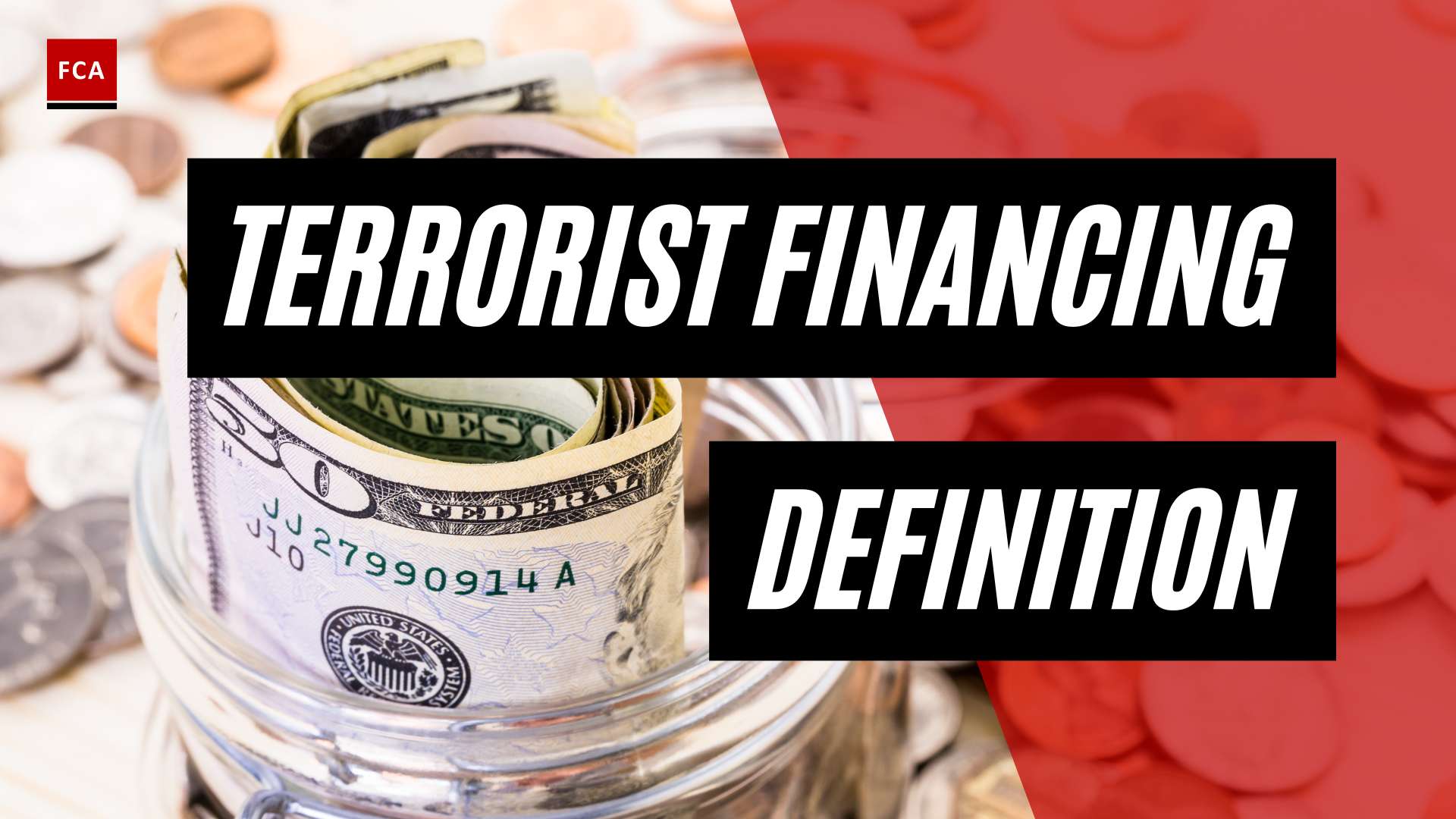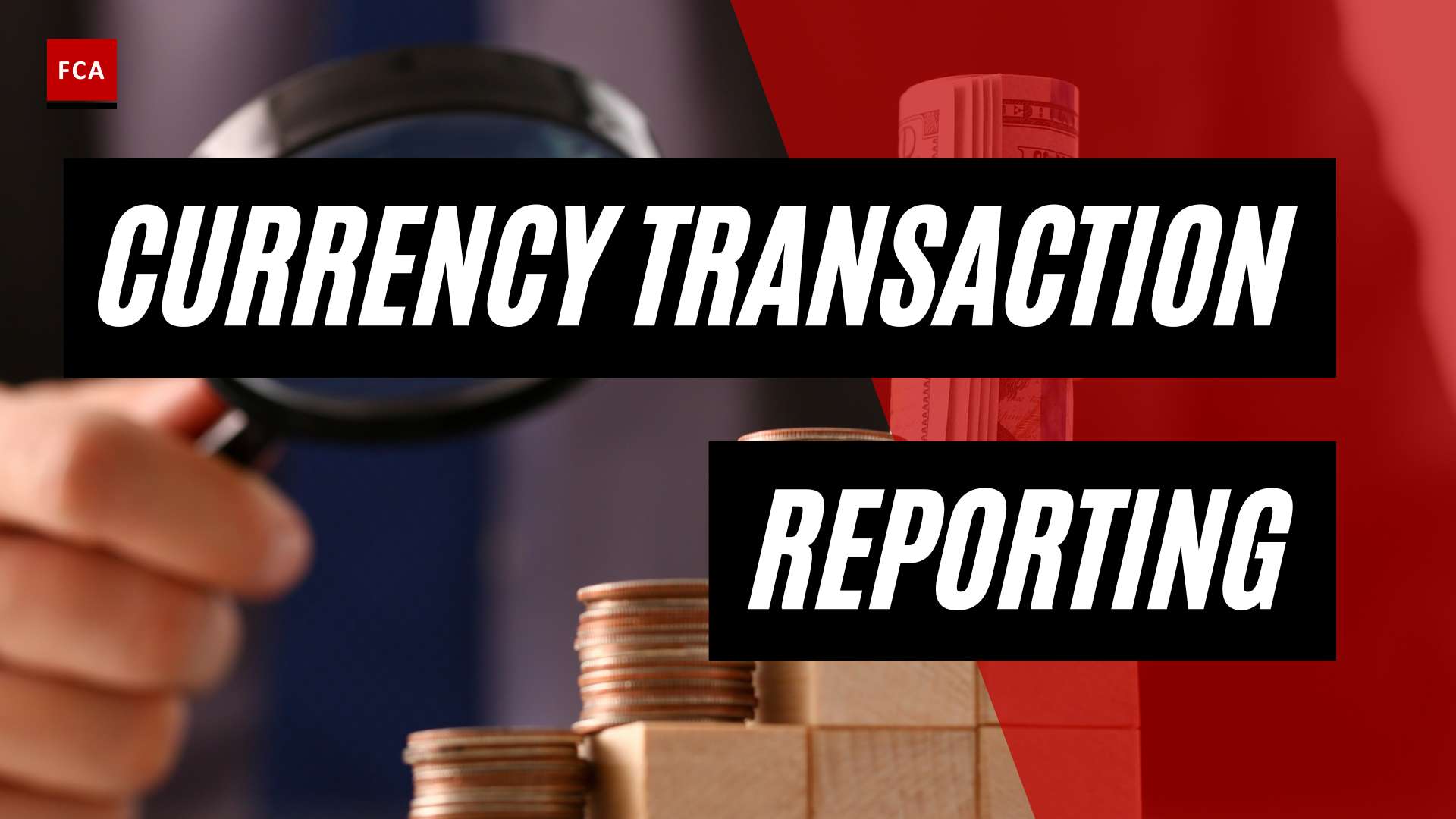Table of Contents
- Method 1: Multi-Jurisdictional Structures
- Method 2: Intermediaries And Professionals
- Method 3: Using Nominees
- Method 4: Shell Companies
Did you ever wonder How Criminals Misuse Corporate Vehicles to put all the effort of setting up companies and corporate vehicles, fashioning obscure money trails and operating across borders with various corporate service providers, lawyers and accountants? This all relates to the stages of money laundering. In particular, it relates to the layering stage.
Generally speaking, corporate vehicles find great misuse for various illegal purposes, including bribery and corruption activity, sheltering assets, tax evasion, and other. They also find great misuse for money laundering purposes. But again, let’s be very clear that using financial or corporate services outside of your home country is not illegal if it is done for legitimate reasons.
Actually, the majority of offshore corporate vehicles is used perfectly legal. Regular corporate vehicles are used in everyday business dealings and even offshore corporate vehicles are more common than they are exception. Offshore corporate vehicles offer benefits to an existing business or to an individual on a multitude of levels: offshore asset protection, confidentiality, enhanced privacy, tax savings or simply growing a business outside of the home country. To back this up by some numbers, Britain’s 20 largest companies own more than 1,000 offshore subsidiaries. There is a research federation called Public Interest Research Group. They have publicized a study where they say that over 70% of the Fortune 500 companies use offshore subsidiaries as part of their corporate activities.
Whilst we should probably factor out the discussion on whether or not tax optimization is good or bad, it is evident that offshore corporate vehicles are used, or rather abused or misused, for money laundering purposes and hiding financial crimes.
In this post, we will look at four techniques that criminals can employ to misuse corporate vehicles.
Method 1: Multi-Jurisdictional Structures
The first technique involves multi-jurisdictional structures of corporate entities and trusts. In many instances of money laundering, a structure consisting of a series of corporate vehicles are created in different jurisdictions. This structure is then used to hide identities and carry out criminal activities.

The complex structure can give the appearance of a legitimate purpose. By setting up such complex multi-jurisdictional structures, the seemingly logical money flow between these entities is used to move and launder criminal money. These structures can also be convenient for diverting the money flow or hiding payments.
Method 2: Intermediaries And Professionals
The second technique involves specialized financial intermediaries and professionals. Money launderers tend to seek out the services of professionals to benefit from their expertise in setting up schemes that the criminals then use for illicit purposes.
There is an entire global industry of high-paid corporate, business, tax, and legal professionals that serve this so-called offshore industry, in which corporate vehicles and shell companies play an integral role. To give you a few names of several infamous offshore law firms, there is Maples and Calder, Appleby, Walker, Carey Olsen, Harneys, Wakefield Quin, and many others.
There is also one name in this industry, which you might have heard in the past: Mossack Fonseca. It was, at one time, the world’s fourth largest provider of offshore financial services. Until the April 2016 publication of the Panama Papers it remained mostly obscure, even though it sat at the heart of the global offshore industry, and acted for about 300,000 companies. On March 14, 2018, the law firm announced that it was shutting down, because of the economic and reputational damage inflicted by the disclosure of its role in global tax evasion by the Panama Papers.
Having stated this, the corporate services providers and professionals are having a varying degrees of awareness of or involvement in the illicit purposes underlying their client’s activities. Not all of them know what’s going on, money launderers may simply be untruthful about their reasons. Others just don’t even want to know what’s going on.
Method 3: Using Nominees
The third technique involves so-called nominees. This technique is used as a proxy figure to provide anonymity for the beneficial owners of the money. This is for the reason that usually corporate vehicles are required to have at least one director or other form of official representative. A nominee director’s name would appear on all corporate paperwork in place of the beneficial owners. In other jurisdiction where it is actually required to name the shareholder or the beneficial owners, they bring nominee shareholders in place. Quite interesting to know, in some jurisdictions that require shareholder identities to be reported, a loophole may exist where the beneficial owner may appoint a nominee to be the shareholder, and that nominee cannot legally be compelled to reveal the identity of the beneficial owner. So, nominees are an ultimate feature to provide an incredible degree of anonymity.
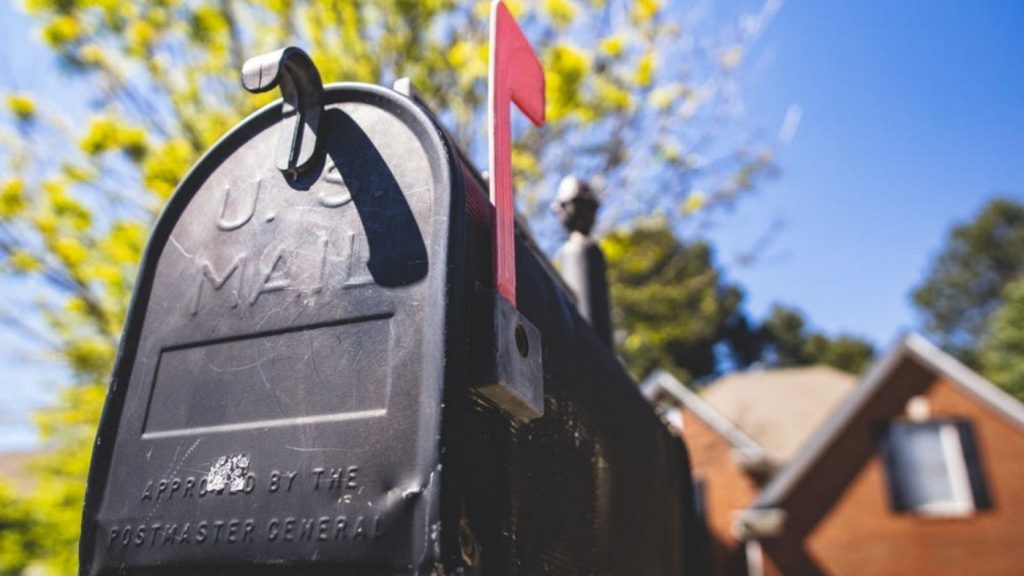
Method 4: Shell Companies
Last but not least, the fourth technique involves shell companies. Shell companies have become a really common technique for financial crimes and especially money laundering because they are easy and inexpensive to form and operate. To facilitate such schemes, shell companies may be used to generate false invoices, fictitious consultancy fees or bogus loans.
The use of shell companies to facilitate illegal dealings has been part of the Odebrecht case which we have previously discussed, but this is just one example of many, many more.
A joint study published by the United Nations and the World Bank has investigated the use of multi-level shell companies to in cases of corruption. The study found that in 150 out of the 213 investigated corruption cases, a large number of shell companies has been abused to disguise the true beneficial owners. In these 150 cases, the financial damage accounts for 56 billion USD. For disguising of the transactions and for money laundering purposes, a number 593 corporations, 43 trusts, and 9 partnerships have been misused.

